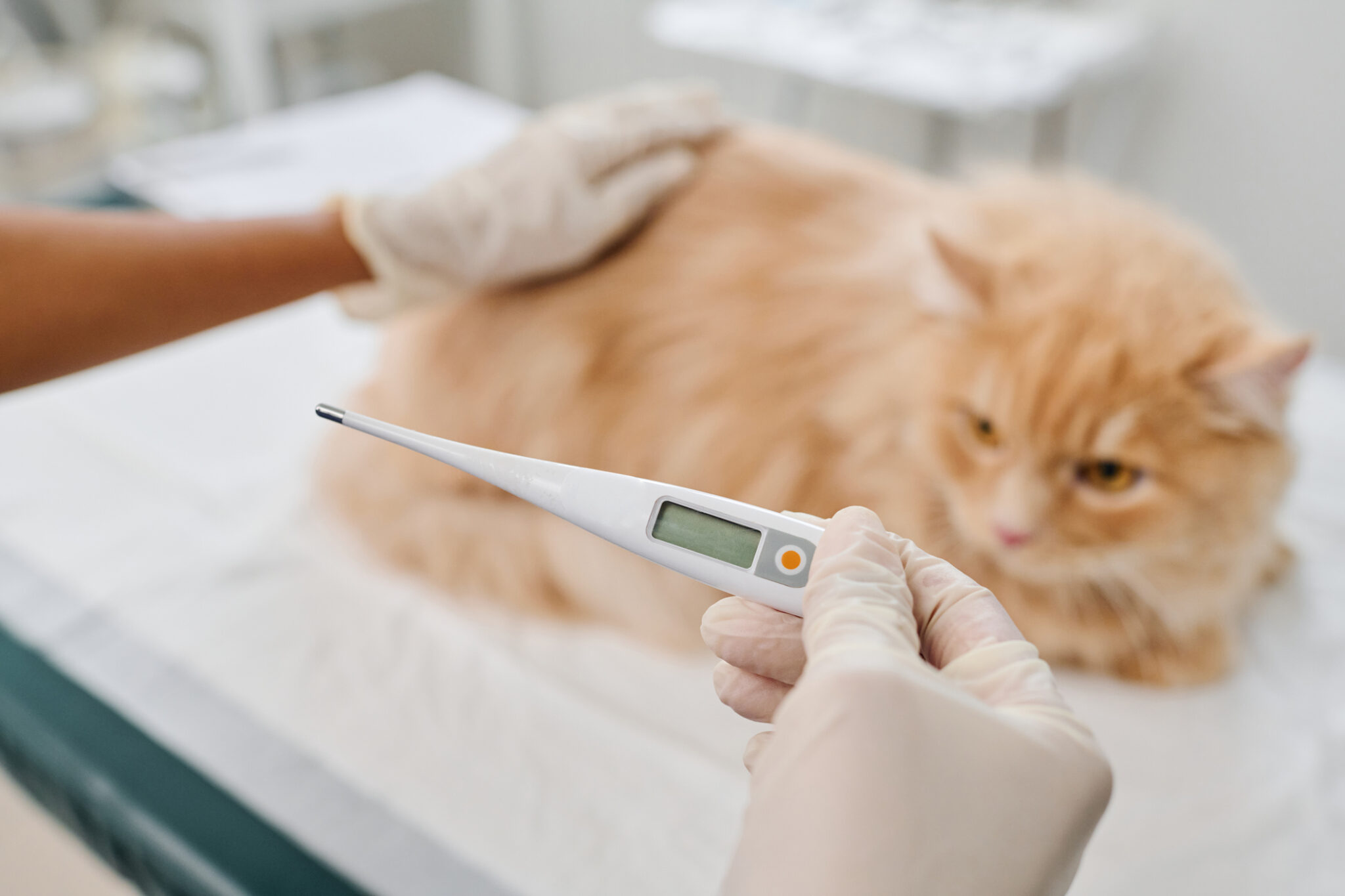Contents
- 1 Introduction:
- 2 Understanding Cat Fever:
- 3 Signs and Symptoms of Cat Fever:
- 4 How to Measure a Cat’s Temperature:
- 5 When to Seek Veterinary Assistance:
- 6 Home Care Tips for a Cat with Fever:
- 7 Preventive Measures:
- 8 Conclusion:
Introduction:
Ensuring the well being of our feline companions is a paramount responsibility for pet owners, and a crucial aspect of this duty lies in vigilant health monitoring. Cats, being masters of concealment when it comes to displaying signs of discomfort, require an attentive eye to discern subtle indicators of potential health issues. One such concern that demands our understanding and immediate attention is cat fever. This introduction delves into the significance of comprehending the intricacies of feline health, particularly focusing on the nuances of identifying and addressing fever in cats.
In the realm of veterinary care, fever serves as a cardinal indicator of an underlying health disturbance. Unlike humans who can verbally communicate their discomfort, cats rely on behavioral shifts and physiological changes to convey their distress. Cat fever, defined as an elevation in body temperature beyond the normal range, can be a manifestation of various underlying conditions, including infections, inflammatory responses, or environmental stressors. Recognizing the signs and symptoms of cat fever is an indispensable skill for any conscientious pet owner, as it enables timely intervention and the provision of necessary care.
As we embark on this exploration of cat fever, it is essential to grasp the multifaceted nature of this condition. From the subtle alterations in behavior to more overt physical manifestations, each aspect provides crucial clues to a cat’s overall health status. Furthermore, understanding the methods for accurate temperature measurement, thresholds for concern, and the appropriate times to seek veterinary assistance will empower pet owners to become proactive advocates for their feline companions.
Understanding Cat Fever:
Delving into the intricacies of cat fever requires a comprehensive exploration of its definition, causes, and the myriad ways it manifests in our feline companions. To unravel the complexity of this health concern, we begin by elucidating what cat fever entails and subsequently examining the common causes that can trigger this physiological response.
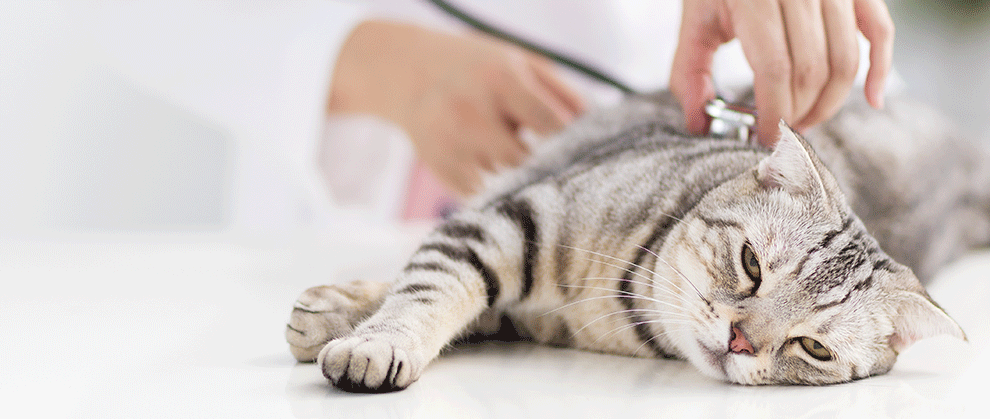
Definition and Causes:
What is Fever in Cats?
Cat fever, also known as pyrexia, is characterized by an elevated body temperature beyond the typical range considered normal for a healthy feline. In essence, it is the body’s innate response to an underlying health issue, serving as a physiological defense mechanism aimed at combating infections, inflammation, or other disturbances. Understanding the nuanced ways in which fever manifests is pivotal in identifying potential health threats early on.
Common Causes of Cat Fever:
The origins of cat fever are diverse, ranging from infectious agents to environmental stressors. Unraveling the specific cause is a crucial step in providing targeted care.
- Infections: Bacterial, viral, or fungal infections can induce fever in cats. Recognizing the signs of infection and understanding their implications are key to formulating an effective care plan.
- Inflammatory Conditions: Inflammation, whether localized or systemic, can trigger a fever response. Conditions such as arthritis, pancreatitis, or inflammatory bowel disease may contribute to elevated body temperatures in felines.
- Environmental Factors: External stressors, such as exposure to extreme temperatures or changes in living conditions, can also prompt a fever response in cats. Recognizing these factors is vital for both prevention and intervention.
As we navigate the labyrinth of cat fever, it becomes evident that a holistic understanding of its definition and diverse causes is essential. Armed with this knowledge, pet owners can embark on a journey to decipher the nuanced language of their feline companions, enhancing their ability to recognize and address this physiological response effectively.
Signs and Symptoms of Cat Fever:
The canvas of feline health is painted with intricate strokes, and discerning the subtle and overt signs of cat fever is an art that every responsible pet owner must master. A keen observation of behavioral changes and an understanding of the physical manifestations are pivotal in identifying the presence of fever in our feline companions. This section aims to unravel the tapestry of symptoms associated with cat fever, providing a comprehensive guide for pet owners.
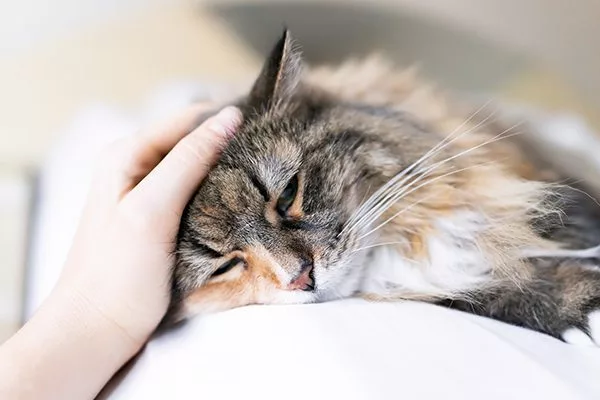
General Behavioral Changes:
- Lethargy: A noticeable reduction in energy levels and overall activity is a common hallmark of cat fever. Observing changes in your cat’s usual playfulness or reluctance to engage in regular activities may signal an underlying health concern.
- Changes in Appetite: An altered appetite, either a sudden decrease or increase in food intake, can be indicative of fever. Monitoring eating habits and noting any deviations from the norm is crucial in assessing your cat’s health.
- Increased Resting Time: Cats are known for their love of lounging, but a significant uptick in resting time, especially if coupled with other behavioral changes, may suggest the presence of fever.
Physical Symptoms:
- Elevated Body Temperature: The primary indicator of cat fever is an increase in body temperature. While a cat’s normal temperature can range between 100.5°F to 102.5°F (38.1°C to 39.2°C), any deviation from this range warrants attention.
- Shivering or Trembling: Fever induced chills may manifest as shivering or trembling in cats. Observing involuntary movements can provide crucial insights into your cat’s physiological state.
- Nasal and Ocular Discharge: Respiratory symptoms, including nasal discharge or watery eyes, may accompany fever, signaling potential infections that require prompt attention.
- Changes in Breathing Patterns: Labored or rapid breathing can be indicative of an underlying issue, and when coupled with other symptoms, may point towards fever related distress.
As guardians of our feline companions, understanding the nuances of these signs and symptoms is paramount. Cats, being masters of masking discomfort, rely on their human counterparts to decipher these subtle signals. By honing our ability to recognize the behavioral and physical cues associated with cat fever, we equip ourselves to be proactive advocates for the health and well being of our beloved furry friends.
How to Measure a Cat’s Temperature:
Accurate measurement of a cat’s temperature is a fundamental skill for any pet owner, particularly when monitoring for fever. Understanding the importance of precise temperature assessment, along with the various methods available, is crucial for timely intervention and appropriate care. This section provides an in depth exploration of the tools and techniques required for measuring a cat’s temperature effectively.
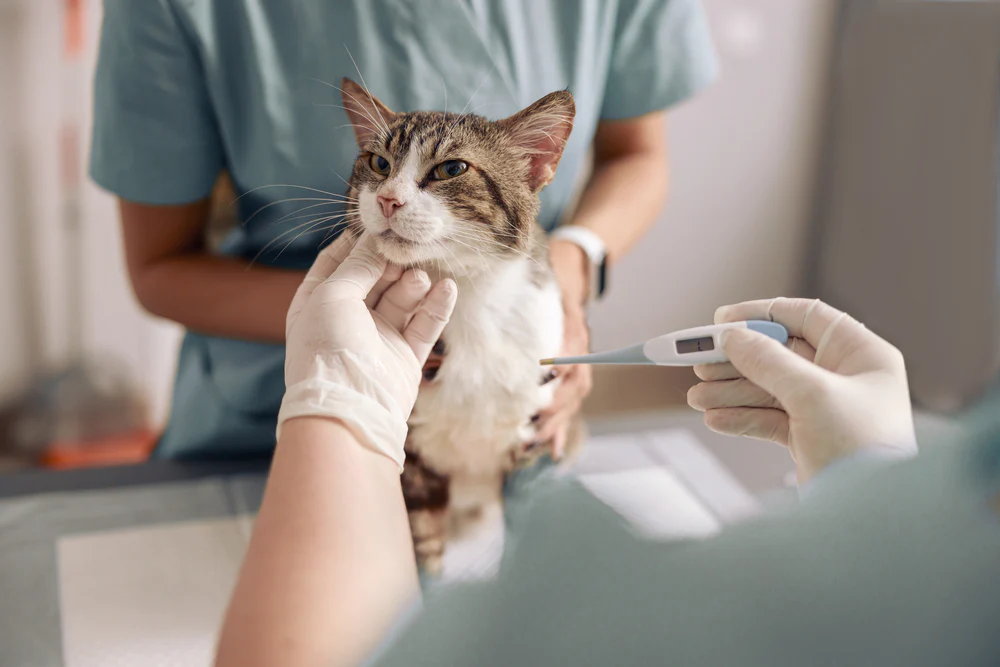
Importance of Accurate Measurement:
- Precise Diagnosis: Accurate temperature readings contribute to the early diagnosis of health issues, allowing for timely intervention and treatment.
- Monitoring Recovery: Regular temperature checks are essential for tracking a cat’s progress during illness or recovery, ensuring that interventions are effective.
Methods for Measuring Cat’s Temperature:
Digital Thermometer:
- Description: A digital thermometer is a non invasive and quick method for measuring a cat’s temperature.
- How to Use: Gently insert the thermometer into the cat’s rectum, following the manufacturer’s guidelines for depth and duration.
- Advantages: Fast results, ease of use, and widely available.
Ear Thermometer:
- Description: Ear thermometers measure infrared radiation from the eardrum to estimate body temperature.
How to Use: Insert the thermometer into the cat’s ear canal, ensuring a proper seal. Follow the manufacturer’s instructions for accurate readings.
Advantages: Non invasive, relatively quick, and suitable for cats that may resist rectal thermometry.
Rectal Thermometer:
- Description: A rectal thermometer is a traditional method involving the insertion of a thermometer into the cat’s rectum.
- How to Use: Lubricate the thermometer tip, gently insert it into the rectum, and hold it in place for the recommended time.
- Advantages: Provides accurate readings, although some cats may find it uncomfortable.
Precautions and Tips for Safe Measurement:
Use lubrication: Always lubricate the thermometer tip for a smoother and less stressful insertion.
Gentle handling: Approach the cat calmly and handle the thermometer gently to reduce anxiety.
Record normal baseline temperatures: Establishing a baseline when the cat is healthy aids in recognizing deviations during illness.
By mastering the methods of temperature measurement and adhering to best practices, pet owners empower themselves to be proactive in their cat’s healthcare. This knowledge forms a critical component of responsible pet ownership, ensuring that changes in a cat’s temperature are accurately detected, enabling swift responses to potential health concerns.
When to Seek Veterinary Assistance:
Navigating the thresholds of a cat’s body temperature and discerning when to seek professional veterinary assistance are integral aspects of responsible pet care. This section explores the normal temperature range for cats, outlines the thresholds that indicate fever severity, and emphasizes the importance of understanding underlying causes for timely intervention.
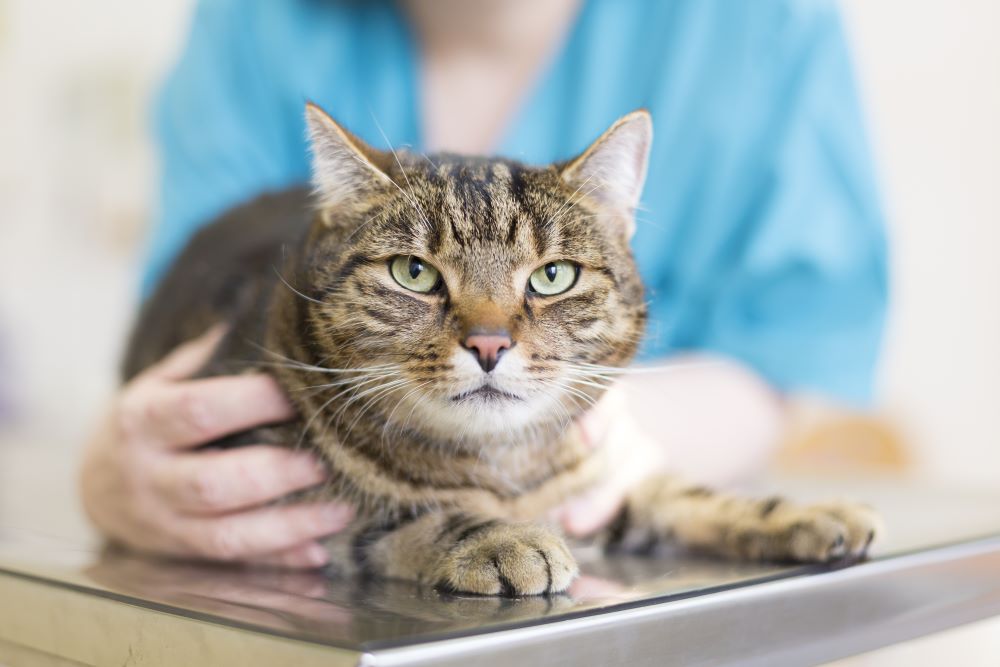
Normal Cat Temperature Range:
- Normal Range: A healthy cat typically maintains a body temperature between 100.5°F to 102.5°F (38.1°C to 39.2°C).
- Baseline Assessment: Knowing a cat’s normal baseline temperature is crucial for identifying deviations during illness.
Thresholds for Concern:
Mild Fever:
- Temperature Range: 103.0°F to 104.0°F (39.4°C to 40.0°C)
- Monitoring: Keep a close eye on the cat’s behavior and other symptoms. If the fever persists or worsens, consult a veterinarian.
Moderate Fever:
- Temperature Range: 104.1°F to 105.0°F (40.1°C to 40.6°C)
Action: Seek veterinary attention promptly. Moderate fever may indicate an underlying health issue that requires professional assessment and treatment.
High Fever:
- Temperature: above 105.0°F (40.6°C)
- Urgent Intervention: High fever poses significant risks and necessitates immediate veterinary care. Delayed treatment can lead to severe complications.
Understanding Underlying Causes:
Comprehensive Diagnosis: Veterinary professionals can conduct thorough examinations, including blood tests and imaging, to identify the root cause of fever.
Infections, Inflammation, or Other Issues: Determining the underlying issue is essential for targeted treatment and preventing recurring fevers.
As vigilant caretakers, pet owners must recognize when a cat’s temperature deviates from the norm and understand the urgency associated with different levels of fever. Seeking timely veterinary assistance ensures that comprehensive evaluations are conducted, enabling precise diagnoses and tailored treatment plans. By adopting a proactive approach, pet owners contribute to the overall well being of their feline companions, addressing potential health concerns before they escalate.
Home Care Tips for a Cat with Fever:
Providing attentive and supportive care at home is paramount when a cat is experiencing fever. This section delves into practical strategies for creating a conducive environment, encouraging hydration and nutrition, and implementing vigilant monitoring to ensure the well being of a cat during periods of elevated body temperature.
Providing Comfort:
Creating a Quiet and Warm Environment:
- Description: Establish a quiet and comfortable space where the cat can rest undisturbed. Ensure warmth by providing cozy bedding and, if necessary, using a heating pad set to a low temperature.
- Rationale: Cats may feel stressed when unwell, and a calm environment promotes relaxation, aiding in the recovery process.
Offering Soft Bedding:
- Description: Provide soft and supportive bedding to alleviate any discomfort associated with fever. Choose materials that are gentle on the cat’s body.
- Rationale: Soft bedding minimizes pressure on the cat’s joints and muscles, contributing to overall comfort during periods of illness.
Encouraging Hydration and Nutrition:
Ensuring Access to Fresh Water:
- Description: Place easily accessible water bowls in multiple locations to encourage regular drinking. Cats with fever may be prone to dehydration, and maintaining adequate hydration is crucial.
- Rationale: Fever can elevate a cat’s metabolic rate, increasing the need for hydration. Monitoring water intake is vital for supporting overall health.
Offering Appetizing, Nutrient rich Food:
- Description: Provide highly palatable and nutritious food to entice the cat to eat. Wet food or warming up meals slightly may enhance aroma and appeal.
- Rationale: Appetite changes are common during fever, and offering appealing food ensures that the cat receives essential nutrients for energy and recovery.
Monitoring Symptoms and Temperature:
Regular Temperature Checks:
- Description: Consistently monitor the cat’s temperature using the chosen method (e.g., digital thermometer). Keep a log of temperature readings for reference.
- Rationale: Regular temperature checks aid in tracking the cat’s progress and detecting any recurrence of fever, guiding decisions on ongoing care.
Keeping a Symptom Journal:
- Description: Maintain a journal documenting behavioral changes, food intake, and any additional symptoms observed. Include notes on medication administration if applicable.
- Rationale: A symptom journal provides a comprehensive overview of the cat’s condition, aiding veterinary professionals in making informed assessments during consultations.
By implementing these home care tips, pet owners can actively contribute to a cat’s recovery from fever. Creating a supportive environment, ensuring proper hydration and nutrition, and maintaining vigilant monitoring practices collectively form a holistic approach to caring for a cat during periods of elevated body temperature.
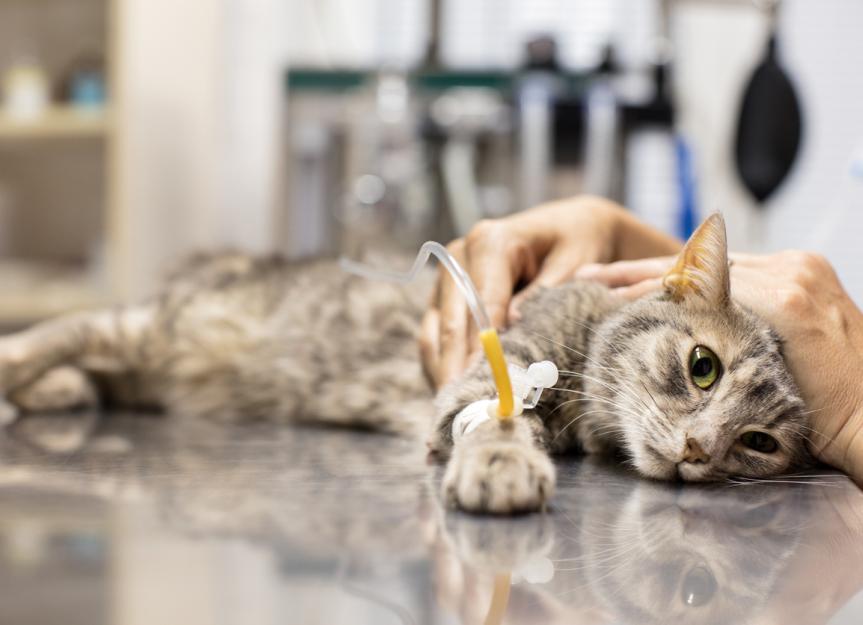
Preventive Measures:
A proactive approach to feline health involves implementing preventive measures to minimize the risk of cat fever and other potential health concerns. This section explores key strategies, including vaccinations, regular veterinary check ups, and environmental considerations, to safeguard the well being of our feline companions.
Vaccinations and Regular Vet Check ups:
Vaccinations:
- Description: Adhering to a recommended vaccination schedule is vital for preventing various infectious diseases. Consult with a veterinarian to determine the appropriate vaccinations for a cat’s lifestyle and location.
- Rationale: Vaccines stimulate the cat’s immune system, providing protection against specific pathogens that could otherwise lead to fever and other health issues.
Regular Vet Check ups:
- Description: Schedule routine veterinary examinations to monitor a cat’s overall health. Regular check ups allow for early detection of potential issues and ensure timely intervention.
- Rationale: Veterinary professionals can assess a cat’s health comprehensively, identifying any underlying conditions or risk factors that may contribute to fever or other health issues.
Environmental Considerations:
Maintaining a Clean Living Space:
- Description: Regularly clean and sanitize the cat’s living environment to reduce the risk of infections. Pay special attention to litter boxes, food and water bowls, and sleeping areas.
- Rationale: A clean living space minimizes exposure to bacteria and viruses, contributing to a healthier environment for the cat.
Monitoring Exposure to Extreme Temperatures:
- Description: Be mindful of temperature extremes in the cat’s surroundings. Avoid exposing the cat to excessively hot or cold environments, and provide adequate shelter and climate control.
- Rationale: Extreme temperatures can stress the cat’s immune system, making them more susceptible to illnesses, including fever.
By embracing preventive measures, pet owners can significantly reduce the likelihood of their cats developing fever and other health complications. Vaccinations, regular veterinary check ups, and environmental considerations collectively form a robust defense against potential threats, fostering a foundation of proactive and responsible pet care.

Conclusion:
As we conclude this comprehensive exploration into the realm of cat fever, it is crucial to reflect on the key insights and takeaways that empower pet owners to be vigilant stewards of their feline companions’ health. This section provides a succinct summary, emphasizing essential points and encouraging responsible pet ownership.
Recap of Key Points:
- Cat fever, characterized by an elevated body temperature, serves as a vital indicator of underlying health concerns, necessitating prompt attention.
- Recognizing the signs and symptoms of cat fever, including behavioral changes and physical manifestations, is pivotal for early detection and intervention.
- Accurate measurement of a cat’s temperature using appropriate methods ensures precise monitoring and facilitates timely decision making.
- Understanding when to seek veterinary assistance, based on temperature thresholds and underlying causes, is critical for comprehensive and effective care.
- Home care tips, including providing a comfortable environment, encouraging hydration and nutrition, and monitoring symptoms, form an integral part of supporting a cat during fever.
- Preventive measures, such as vaccinations, regular vet check ups, and environmental considerations, contribute to minimizing the risk of cat fever and promoting overall well being.
Emphasizing the Role of Early Detection:
- Early detection of cat fever and proactive intervention play pivotal roles in preventing complications and expediting the recovery process.
- Pet owners who cultivate a keen awareness of their cats’ behaviors and regularly monitor their health contribute significantly to maintaining optimal feline well being.
Encouragement for Responsible Pet Ownership:
- Responsible pet ownership involves a commitment to proactive health management, preventive care, and prompt response to signs of illness.
- By embracing the knowledge and skills shared in this guide, pet owners can forge a strong partnership with veterinary professionals, ensuring the best possible care for their feline companions.
In conclusion, this comprehensive guide serves as a valuable resource for pet owners navigating the nuances of cat fever. By integrating the insights presented here into their caregiving practices, individuals can foster a nurturing environment for their cats, promoting not only physical health but also a deepened bond between feline companions and their devoted human caretakers.
